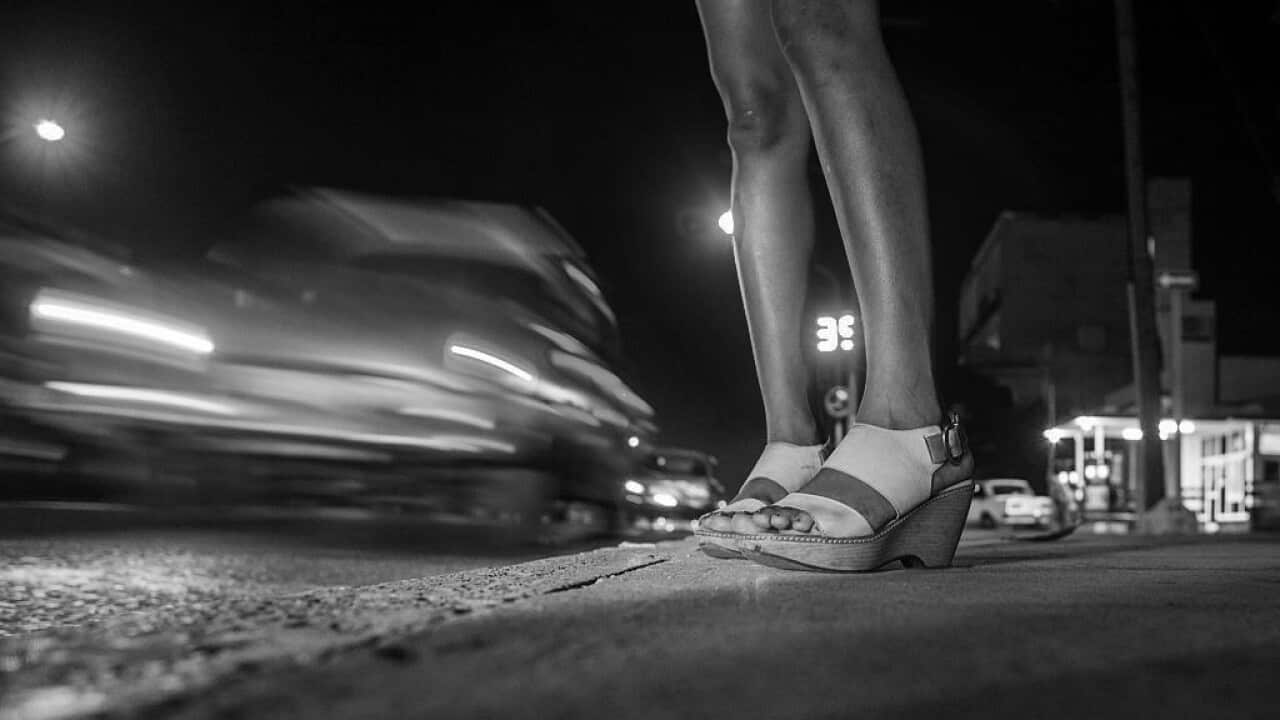Geriatric womb is not a metal band name. Unbelievably, it’s the medical term for a pregnancy in a woman over 35. To prepare for the possible outcomes my over-the-hill uterus could present, plans were put in place for my irregular heartbeat and multiple-medicine allergies. Through all the sonograms and kilograms, I thought I’d covered the ‘what ifs.’
In my third trimester, between bouts of maniacal weeping and frenzied cereal eating, I began to leaf through my smug (collective noun) of hand-me-down baby books. I read about fetal development, epidurals, breastfeeding, the pelvic floor and basically – the general swelling of everything. But there was nothing about birth injuries. I had my eyes and ears open.
In the end, I was induced. After an allergic reaction to the gel that induces labour and the wrong dosage of inducing drug; I went from whoa to go in a blink, missing the window for any pain relief. A clumsy episiotomy with blunt scissors and a broken hot water tap in the room rounded out the perfect storm.
I discovered what a fourth-degree tear was when I had to sign a waiver, while still in stirrups, stating I may not regain continence.
The most severe tear you can sustain, it rips all the way through the perineum and anal sphincter muscles into the lining of the rectum. According to the Green-top Guideline published by the , roughly 3 in every 100 women who have a vaginal birth, experience a third or fourth-degree tear. These tears require emergency surgery and can have long-term complications.
A doctor finally appeared and stitched me up. I can still hear the saccharine tune playing on her phone. She got three-quarters of the way through before declaring it worse than first thought, then unstitched me to the tune on repeat. After colorectal surgery, under general anaesthetic, it was another nine hours before I saw my tiny human again.
I watched new mums who’d given birth via C-section, be tended to with softness, understanding and parameters. The invisibility of my wound meant there was no information, solidarity or concern; I wondered whether it was all in my head.
I’ve never been more alone than in that Google-lit bed.
I’ve never been more alone than in that Google-lit bed.
Days later, despite not being able to walk to the car, I was discharged. We went to my parent’s house because our apartment had five flights of stairs. Even on a cocktail of medications, the pain and nerve damage was debilitating.
Unable to sit, I tried to learn to breastfeed lying down. Every time I shut my eyes, a rising panic, like the pressure of carbonation, crept from my chest, causing me to gasp for breath. My most vivid memory isn’t the sweet baby smell, it’s a whisper-quiet house, in the small hours: me, crying silently on the toilet, holding my wound shut with a rubber glove. I tried to sit on rolled-up towels, I froze water in a rubber glove to relieve the swelling, and I wore adult nappies while changing my newborn’s. It doesn’t get further from the pages of the baby-books.
Readmitted to hospital days after being released, I began having nightmares. Repeatedly told I’d heal in six weeks, I knew in my gut, this was long-road damage. The ambling winter strolls we were going to take became agonising ten-metre shuffles, and the happy introductions couldn’t happen. I wanted so much to be present and constant, but I felt like a concrete wall of pain and terror separated my beautiful tiny human and me.
Eventually, it was an astute nurse who pulled my wife aside and told her to make sure I got help while still in ‘the system.’
When the latest Diagnostic and Statistical Manual of Mental Disorders (DSM-5) was published in 2013, it established PTSD as a class of ‘trauma and stress-related disorders.’ Altering the diagnostic criteria to modify, among other changes, the A1 stressor criterion as exposure to Women exposed to obstetric intervention and substandard intrapartum care, are more likely to .
This is not a ‘poor me’ chronicle. And it’s not a blame game either. I’m lucky – it took years, but I healed, I got help, while many others live with the ultimate loss in pregnancy and childbirth.
This is not a ‘poor me’ chronicle. And it’s not a blame game either. I’m lucky – it took years, but I healed, I got help, while many others live with the ultimate loss in pregnancy and childbirth. The trauma of the birth is now opaque; crowded out by the remarkable chaos and groove of everyday parenthood. I can be grateful for, love and adore my healthy, tiny human, and still have experienced trauma and injury. I don’t have to choose between my truths.
But I want the implicit omission around major birth tears and trauma to shift.
I want you to know you understand your body best and your reality may not neatly fit the yardstick. I want you to know you can ask for an ultrasound or a referral to a urogynecologist after a difficult birth. I want you to know it’s not OK that there’s no extensive data around these tears. I want you to know you need to be repaired in surgery, not in the delivery room. I want you to know you can fight for psychiatric care in the public system. I want you to know what to expect from your recovery. I want you to know you don’t have to be ashamed if your birth experience is anything shy of wonderful. And if you’re an older woman, I want you to know this isn’t just about new Mums.
I want you to know what you don’t know.
You’re not alone. Be your own advocate; what happened to you is real – it’s not just in your head.
Read
Listen
Reach out
Join



